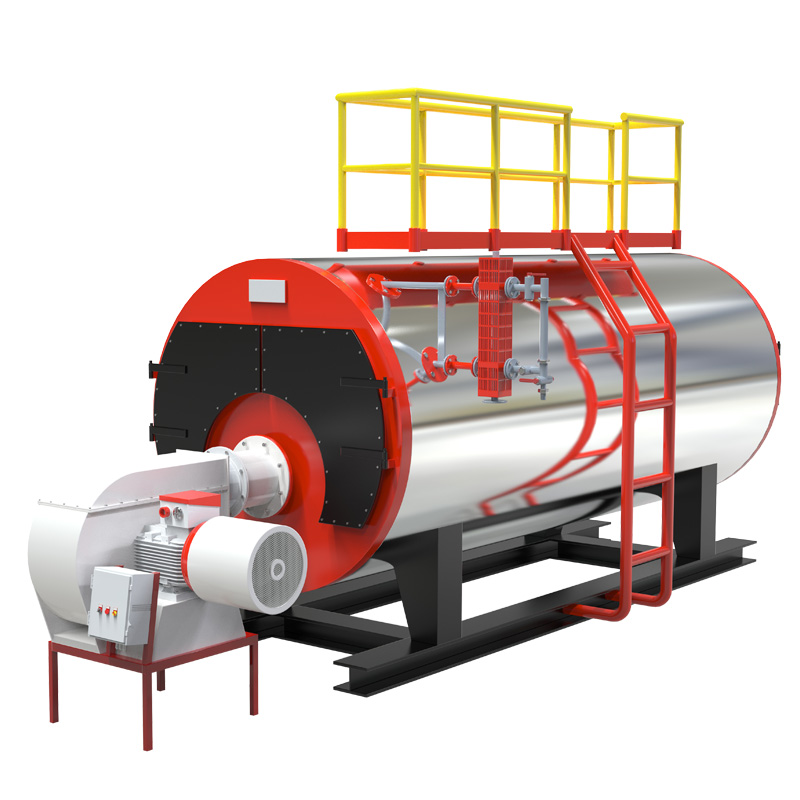
Dec . 12, 2024 01:12 Back to list
high pressure steam safety
Safety Considerations for High-Pressure Steam Systems
High-pressure steam systems play a crucial role in various industries, including power generation, chemical processing, and food production. While these systems are essential for efficient operations, they pose significant safety risks if not managed properly. Understanding the risks associated with high-pressure steam and implementing comprehensive safety practices is vital for preventing accidents and ensuring the well-being of personnel and equipment.
Understanding High-Pressure Steam
High-pressure steam is defined as steam that is generated above a specific pressure, typically exceeding 15 psi (pounds per square inch). At these levels, steam can reach extremely high temperatures, making it useful for driving turbines, heating processes, and sterilizing equipment. However, the energy contained in high-pressure steam creates inherent dangers. Equipment failure, leaks, and improper handling can result in severe injuries, equipment damage, and environmental hazards.
Common Hazards
1. Burns and Scalds Direct contact with high-pressure steam can cause severe burns. The temperature of steam can quickly exceed 400°F, which can inflict serious injuries even with brief exposure.
2. Explosions If steam systems are improperly maintained or operated outside safe pressure limits, they risk catastrophic failures. Boiler explosions, for example, can lead to widespread destruction and loss of life.
3. Condensate Accumulation Inadequately managed steam systems can lead to condensate buildup, resulting in water hammer—an event that can severely damage pipes, valves, and fittings.
4. Chemical Exposure In some industries, high-pressure steam systems may come into contact with hazardous chemicals. If leaks occur, there is potential for chemical exposure that may harm personnel and the environment.
Best Practices for Safety
high pressure steam safety

To mitigate risks associated with high-pressure steam systems, organizations should adopt the following safety practices
1. Regular Inspections and Maintenance Implement a stringent maintenance schedule for all steam equipment. Regular inspections can identify wear and tear, corrosion, and other issues before they lead to failures. Use standardized checklists to ensure essential components, such as valves, gaskets, and pressure gauges, are functioning correctly.
2. Pressure Relief Systems Installing pressure relief valves is crucial to ensure that excess pressure does not build up in steam systems. These valves should be tested frequently to confirm their operational readiness.
3. Training and Education Provide thorough training for all personnel working with or near high-pressure steam systems. Training should cover the risks associated with steam, emergency response procedures, and the proper use of personal protective equipment (PPE).
4. Use of PPE Implement a mandatory PPE policy for workers involved in steam operations. Based on the risk assessment, appropriate PPE may include heat-resistant gloves, face shields, and flame-retardant clothing.
5. Emergency Preparedness Develop and regularly review emergency response plans. Ensure that all employees understand procedures for evacuating the area in case of an incident. Conduct drills to keep safety protocols fresh in employees' minds.
6. Documentation and Reporting Maintain accurate records of all maintenance, inspections, and incidents. This not only ensures compliance with relevant regulations but also helps in identifying patterns that might indicate systemic issues requiring attention.
7. Implementing Automation Technology Wherever feasible, integrate automated controls and monitoring systems that can provide real-time data and alerts regarding pressure levels, leaks, and equipment performance. Automation can help reduce human error and enhance safety.
Conclusion
Maintaining safety in high-pressure steam systems is a shared responsibility that requires diligence, proper training, and a commitment to best practices. By understanding the risks and implementing comprehensive safety measures, organizations can safeguard their employees, minimize potential hazards, and ensure operational efficiency. A proactive approach to safety not only protects personnel and equipment but also promotes a culture of safety that can lead to long-term success in any industrial setting.
-
High-Efficiency Commercial Oil Fired Steam Boiler for Industry
NewsJul.30,2025
-
High-Efficiency Biomass Fired Thermal Oil Boiler Solutions
NewsJul.30,2025
-
High Efficiency Gas Fired Thermal Oil Boiler for Industrial Heating
NewsJul.29,2025
-
High-Efficiency Gas Fired Hot Water Boiler for Sale – Reliable & Affordable
NewsJul.29,2025
-
High Efficiency Biomass Fired Hot Water Boiler for Industrial and Commercial Use
NewsJul.29,2025
-
High-Efficiency Biomass Fired Hot Water Boiler for Industrial Use
NewsJul.28,2025
Related PRODUCTS






















